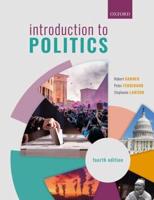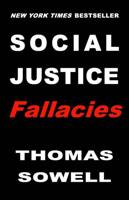Publisher's Synopsis
The Divine Comedy (Hell) describes Dante Alighieri 's journey through Hell (Inferno), guided first by the Roman epic poet Virgil and then by Beatrice. Dante called the poem "Comedy" because poems in the ancient world were classified as High ("Tragedy") or Low ("Comedy"). Low poems had happy endings and were of everyday or vulgar subjects, while High poems were for more serious matters. Dante was one of the first in the Middle Ages to write of a serious subject in the low and vulgar Italian language and not the Latin language as one might expect for such a serious topic. "The Divine Comedy" is an allegory where each canto may contain many alternate meanings. Dante's allegory is complex. Guided by the poet Virgil, Dante plunges to the very depths of Hell and embarks on his arduous journey towards God. Together they descend through the nine circles of the underworld and encounter the tormented souls of the damned - from heretics and pagans to gluttons, criminals and seducers - who tell of their sad fates and predict events still to come in Dante's life. In this first part of his "Divine Comedy," Dante fused satire and humor with intellect and soaring passion to create an immortal Christian allegory of mankind's search for self-knowledge and spiritual enlightenment. "The Divine Comedy" is often lauded for its particularly human qualities: Dante's skillful delineation of the characters he encounters in Hell, Purgatory, and Paradise; his bitter denunciations of Florentine and Italian politics; and his powerful poetic imagination. Dante's use of real characters allowed him the freedom of not having to involve the reader in description, and to make room in his poem for the discussion of a great many subjects of the utmost importance, thus widening its range and increasing its variety. "The Divine Comedy" is recommended reading for anyone interested in literature and medieval history.









